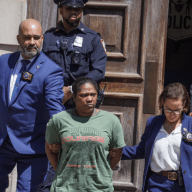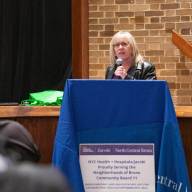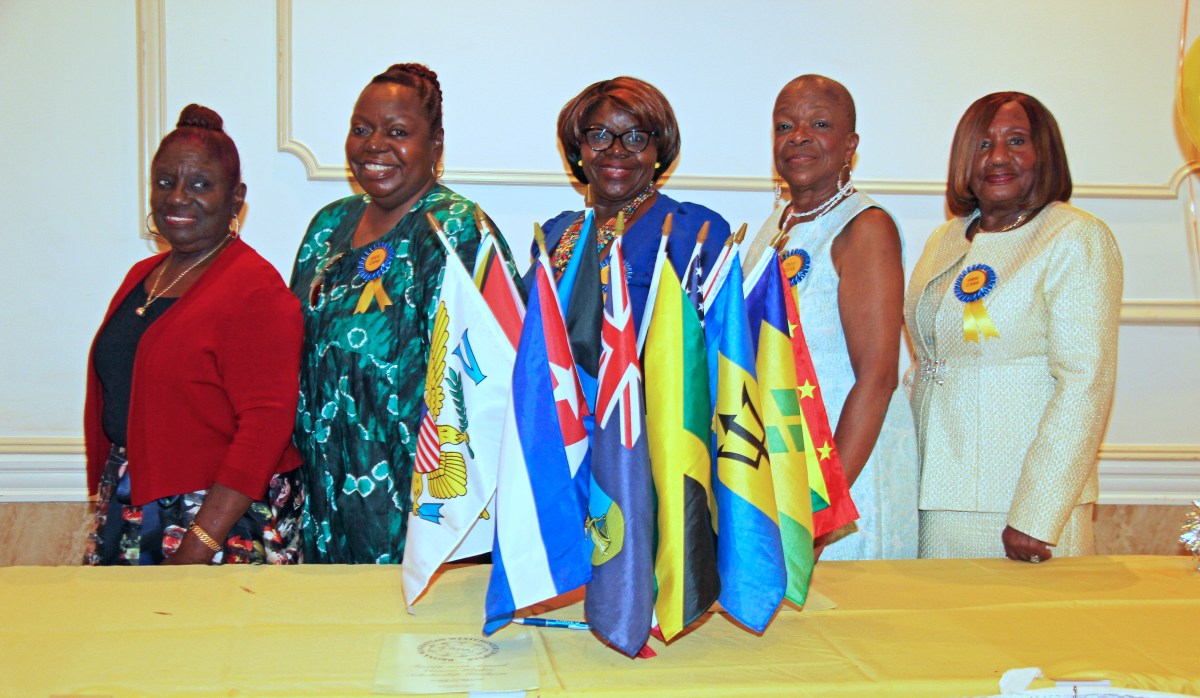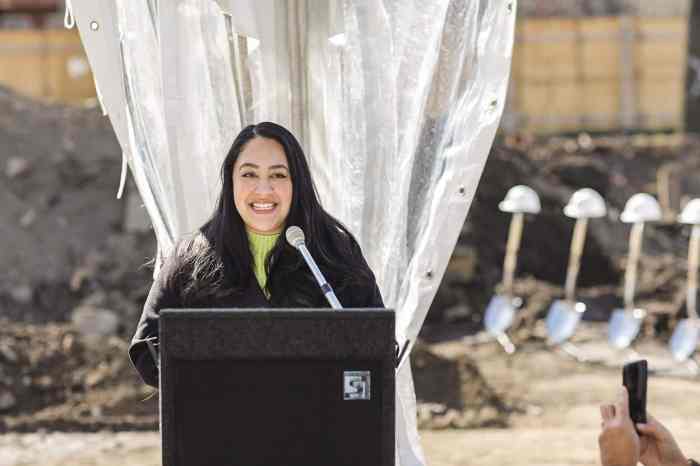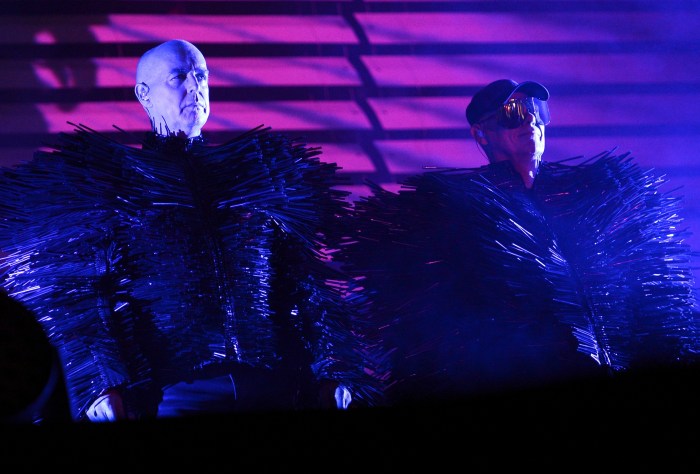City Parks and local officials have put a new light on Mosholu Parkway’s doughboy statue.
Thanks to a $100,000 grant from City Councilman G. Oliver Koppell, they cut the ribbon on a new lighting system for the WWI Monument, which honors the heroism of WWI servicemen.
“For nearly 90 years, this monument on the historic Mosholu Parkway has stood as a testament to the courage of Bronx servicemen in the War to End All Wars. But without lighting, it was only visible in the daytime,” said Bronx Parks Commissioner Hector Aponte, who was also joined by Community Board 7 Chairwoman Adaline Walker-Santiago at the ribbon cutter Monday, Dec. 16.
“Now, thanks to funding allocated by Koppell for a new lighting system, the monument will ‘shine a light’ on this pivotal era in American history at all hours of the day,” he continued.
The bronze monument honors local servicemen who paid the supreme sacrifice during World War I.
Designed by artist Jerome Connor (1875-1943), the monument depicts a fallen soldier, protected by a comrade who stands vigilant with bayonet in hand. At his feet, an eagle with wings spread symbolizes the victorious call to arms.
The sculpture is set upon a circular pedestal of Rockport and Deer Isle pink granite designed by architect Arthur George Waldreaon and is framed by a bed of trees and floral beds.
Seven years after the Armistice was signed, the sculpture was unveiled before thousands of spectators on November 11, 1925. In 1989 it was conserved through the Municipal Art Society’s Adopt-A-Monument Program.
The landscaped Mosholu Parkway, connecting Bronx Park to Van Cortlandt Park, stretches from Allerton Avenue to Gun Hill Road, with an extension north through Van Cortlandt Park.
The parkway was designed in the 1860s by distinguished landscape architect Frederick Law Olmsted, who designed a number of historic parks in New York City, including Central Park, Prospect Park, and Morningside Park.








